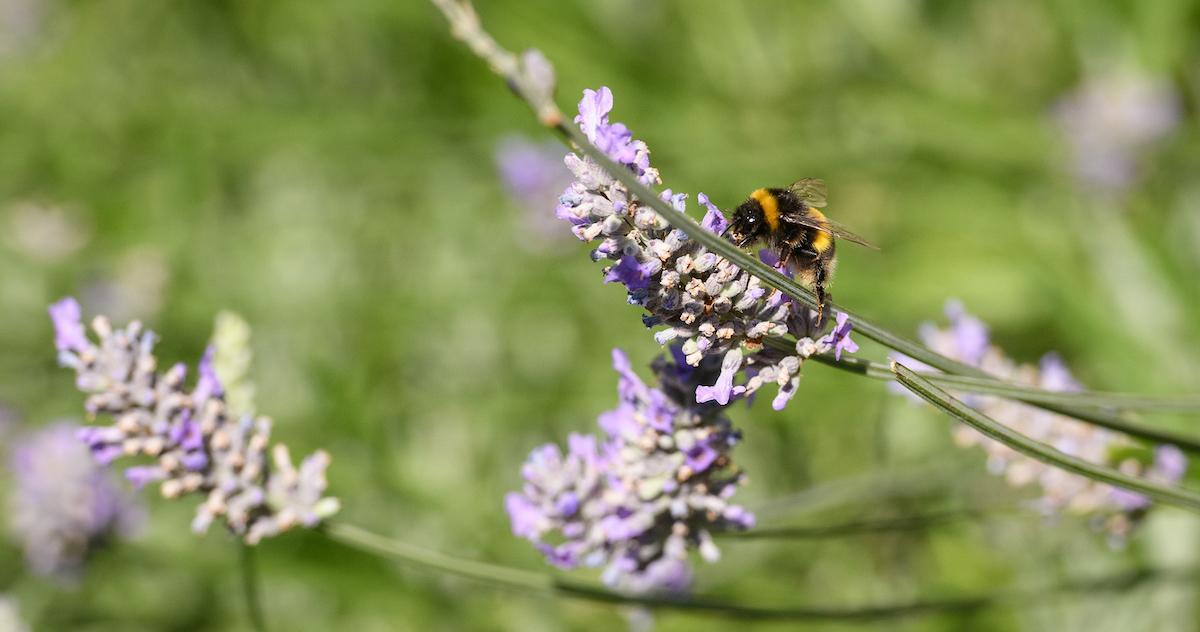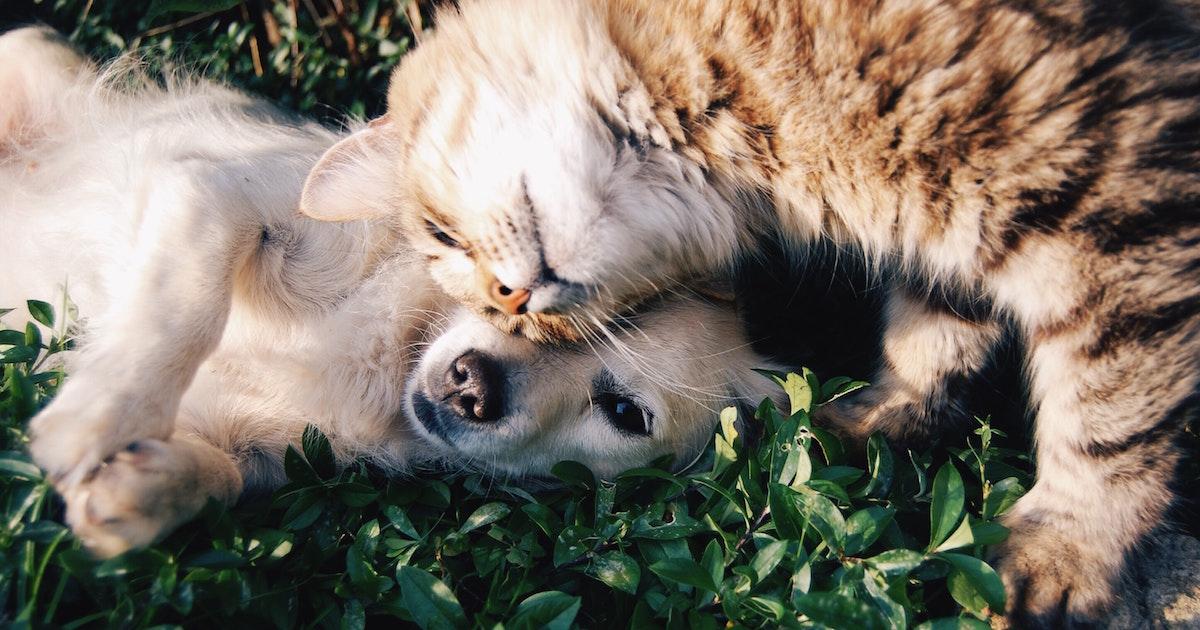The Most Common Causes of Fall Allergies and How to Avoid Them
Published Sept. 22 2021, 11:48 a.m. ET

As summer blooms begin to die away and plants start to lose their leaves, their collective remnants are like histamine harriers against the 35 million Americans who suffer from seasonal allergies. As if that weren’t enough, autumn allergies might affect a person differently or more severely than those in the springtime. Fortunately, there are effective ways to treat even the most common fall allergies.
What are the most common fall allergies?
According to Everyday Health, seasonal allergies caused by things like pollen, dust, mold, and mildew affect more than 35 million Americans every year. The most prevalent fall allergies are caused by weed pollination, and ragweed — the worst culprit of all.
Minor, though generally persistent symptoms of fall allergies include: coughing, scratchy throat, sneezing, postnasal drip, runny nose, itchy eyes, and sinus pressure that can cause headaches. Severe reactions can be fatal if left untreated and can involve labored breathing, asthma attacks, and swelling of the lips, mouth, or throat.
Here is a look into a few of the most common fall allergens:

Ragweed
Of all the many allergy triggers that abound in the fall, ragweed is the most widespread. According to WebMD, 75 percent of people who are allergic to spring allergies also have adverse reactions to ragweed pollen. It usually begins to circulate in late August and lasts well into September and early October.
Ragweed doesn’t even have to grow nearby for you to be affected by its pollen. It grows best in open places, either along the road, in vacant lots, or in expansive fields. Though this weed is most common east of the Rocky Mountains, according to Everyday Health, ragweed pollen can travel on the wind over hundreds of miles and still be an effective allergen.
If you have a ragweed allergy, make sure you keep a weather eye on daily pollen counts. If the levels are high, try to stay inside as much as possible. If you have to go outside, wear a mask. Masks are not only effective against airborne allergens, they can also help keep out nasty germs, such as those that cause COVID-19. Just remember to dispose of any face masks responsibly.
Mold
Like pollen, mold spores are spread on the wind and air. They can grow outdoors or indoors, usually popping up in improperly kept compost piles, heaps of fallen leaves, bathrooms, kitchens, or mildewy basements. According to Healthline, most mold spores persist across the whole year, rarely disappearing with the first frost like other pollens, though some fungus spores do enter a period of dormancy.
Mold allergies are often just as irritating and potentially dangerous as pollen, so understanding how best to avoid them is of the utmost importance. The best course of action is cleanliness and prevention. If your mold is coming from indoors, try to minimize moisture in dank areas by using a dehumidifier. Vinegar and other anti-mildew cleaners are a great way to spray mold away, but remember to wear a the proper PPE when working with allergens and/or potentially toxic chemicals.

Dust mites and pet dander
According to U.S. News, dust mites and pet dander make up the remaining bulk of seasonal fall allergies. Though such irritants are present throughout the year, people tend to spend more time indoors as the weather cools. Dust mites are usually concentrated in bedrooms and carpets where dead skin cells are most abundant.
Animal dander can be just about everywhere, however. Cats, dogs, rodents, and even birds all produce some sort of dander. If you're allergic to one or several of these allergens, even hugging a person with a pet can cause a flare-up. According to U.S. News, pet dander doesn’t just come from skin flakes, fur, and feathers, but from animal saliva, urine, and feces as well.
Avoiding these allergies, at least in one’s own home, means near-constant vigilance when it comes to cleanliness. You might have to vacuum daily, invest in an air purifier, or an air-filtering HVAC system to be certain. These contrivances will certainly help mitigate the exposure to allergens, but if the culprit is one of your pets, and your allergies aren’t life-threatening, you might have to just take an antihistamine and bask in the puppy cuddles.